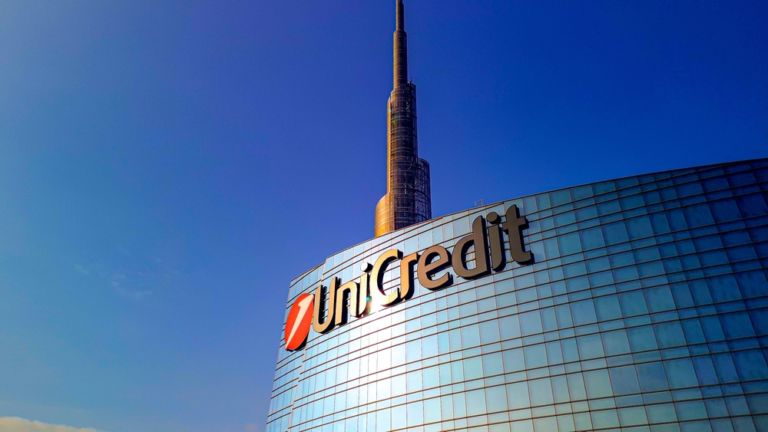A cura di di Walter Snyder, Swiss Financial Consulting
The S&P Index is hovering around 2,060 with EPS presently at $86.53 and P/E at 23.85 or 22.1 depending on the source one likes. The prices for equities can be considered rather high if compared with median values of P/E around 14. US Q1 reported earnings certainly do not justify such high current prices. Share repurchase programmes should have increased EPS as many companies have acquired debt to shore up their stock prices, thereby enriching executives.
Most indicators point towards recession with the Baltic Dry Index leading the way. US sales are down while inventories are up. The BLS statistics do not underline that participation in the labor market is down as is the number of breadwinner jobs. Despite a $500 billion annual trade deficit and a national debt to GDP ratio of 104%, the dollar continues to thrive thanks to its position as the world`s reserve currency.
The Wall Street hawkers naturally predict even higher highs for the market in the coming year, but one wonders how much longer the so-called recovery is going to last. According to David Stockman, the average length of a recovery is 61 months with the current recovery now having lasted 83 months. The longest recent record is 119 months, which started in 1991. It thus seems that within a year there is a high probability of something worse than a sharp dip ruffling the stock exchange.
In fact in the past the Fed did not have to start with negative or near zero interest rates when a crisis hit nor had quantitative easing been applied in large measures. The next crisis will run its course without help from the central bankers. The way investors can anticipate the oncoming fall in stock prices is to sell short although the problem is that exact timing is required in order to turn a profit and not to have to cover a position that entails a loss. Since US share prices are high, selling before the market drops helps to ensure against losses when it does. One should definitely be out of FANGS and avoid negative-yielding bonds. So sell in May and go away.
What to do with the cash remains a problem that has been faced by this Newsletter before. Physical gold is still a good alternative in a ZIRP/NIRP environment, and the Fed has already decelerated its schedule for a return to normalcy. Well-located income-producing residential real estate can be interesting as many people find themselves forced to rent. Russian equities are relatively inexpensive and produce good dividends; the ruble is still cheap. As for the EU, one will see after the June Brexit vote how the markets react. In the meantime commodities will probably recover somewhat, and oil should remain around $50.00.



